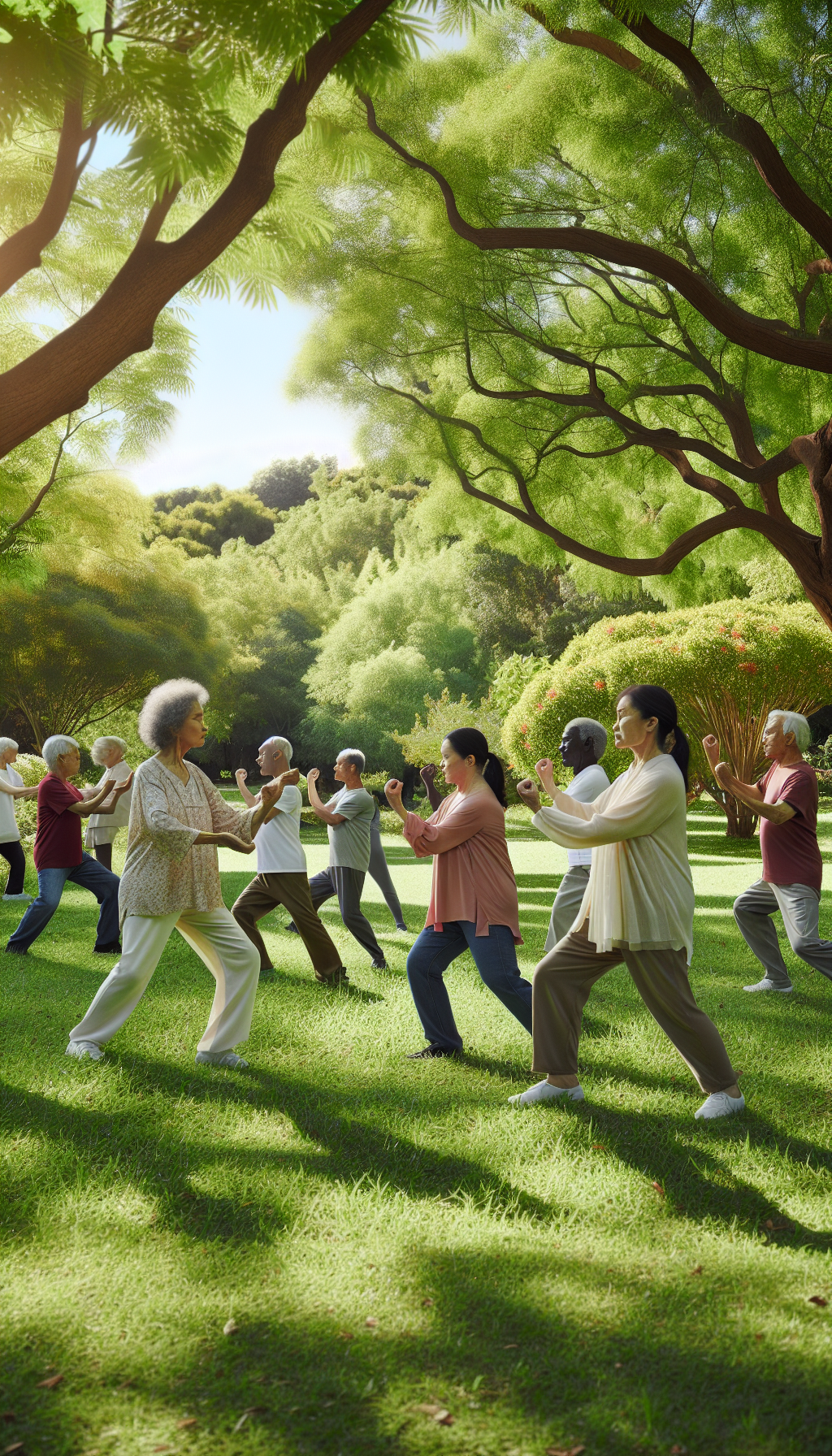Exercise is not just about improving cardiovascular health or maintaining a healthy weight; it plays a crucial role in maintaining and enhancing bone density, important for preventing bone loss as we age. Bone health is an often overlooked aspect of overall well-being, but it is essential for mobility, strength, and a high quality of life.
Understanding Bone Health and Exercise
Bones are living tissue, and like muscle, they respond to exercise by becoming stronger. Physical activity, particularly weight-bearing and resistance exercises, stimulates bone formation and slows the rate of bone loss. For individuals looking to preserve or improve their bone health, engaging in regular fitness routines is a fundamental strategy.
Weight-Bearing Exercises
Weight-bearing exercises are activities that make you move against gravity while staying upright. These exercises can be high-impact, such as running and jumping, or low-impact, like walking and low-impact aerobics. High-impact exercises are more beneficial for bone health, as they generally provide greater stress on the bones, which in turn promotes bone density.
Strength Training
Strength training, or resistance exercises, involves the use of weights, resistance bands, or your own body weight to build muscle and bone strength. Lifting weights can help preserve bone mass and even build new bone, especially in the high-risk areas such as the hips and spine.
The Science Behind Exercise and Bone Density
Bone remodeling is a biomechanical process where old bone tissue is replaced by new bone tissue. Exercise affects this process by providing the necessary mechanical stress to stimulate bone-forming cells, leading to stronger, denser bones. Studies have shown that regular exercise can help to increase peak bone mass in younger individuals and maintain or slightly increase it in older adults, reducing the risk of osteoporosis and fractures.
Incorporating Exercise into Daily Life for Bone Health
To get the most out of exercise for your bones, variety is key. Incorporate both high-impact exercises and strength training into your routine. Aim for at least 30 minutes of weight-bearing exercise on most days and add two to three strength training sessions each week.
Tailoring Exercise to Your Needs
Not everyone can safely engage in high-impact activities, especially those with existing bone conditions or joint problems. In such cases, low-impact exercises like elliptical training, stair climbing, and fast-paced walking are excellent alternatives. It’s essential to consult with a healthcare provider before starting any new exercise regimen, especially if you have health concerns.
The Synergy of Nutrition and Exercise for Optimal Bone Health
While exercise is vital for bone health, it is not the only factor. Nutrition also plays a significant role. A diet rich in calcium and vitamin D is crucial for bone health. Enhancing calcium retention in bones through dietary strategies can be as important as exercise. Additionally, other nutrients, such as vitamin K, magnesium, and phosphorus, are essential for bone health.
External Resources Supporting Exercise and Bone Health
- The National Osteoporosis Foundation offers guidelines on exercises that are beneficial for bone health. Learn more about their exercise recommendations here.
- The International Osteoporosis Foundation provides a comprehensive resource on how exercise prevents osteoporosis. Delve into their insights here.
- Research on the impact of high-impact sports on bone density can be found in the scientific journal ‘Medicine & Science in Sports & Exercise’. Access the journal for cutting-edge research here.
The Long-Term Benefits of Exercise for Bone Health
Regular exercise not only improves bone density but also enhances muscle strength, coordination, and balance, which can help prevent falls and related fractures. For the elderly, exercises like Tai Chi have been shown to reduce fall risk significantly.
Exercise Recommendations for Different Life Stages
The benefits of exercise for bone health span across all ages. For children and adolescents, activities like jumping and running are crucial for achieving peak bone mass. In adults, maintaining this bone mass through regular activity is key to preventing loss. In older adults, both weight-bearing and muscle-strengthening exercises are essential for preserving bone density and preventing falls.
Challenges and Considerations
It is important to consider that excessive exercise or engaging in high-impact sports without proper conditioning can lead to injuries and may be counterproductive for bone health. Assessing the impact of high-impact sports on bones is critical for individuals participating in such activities.
Conclusion
Incorporating regular exercise into your lifestyle is a powerful way to combat bone loss. By understanding the types of exercises that benefit bone health and combining them with a nutritious diet, individuals can take proactive steps to ensure their bones remain strong and healthy throughout their lives. Remember, it’s never too late to start, and the benefits of exercise extend far beyond bone health, contributing to overall physical and mental well-being.
For more information on maintaining optimal bone health, explore related topics such as the influence of vitamin A on bone health and the importance of muscle strength for bone integrity. With the right approach to exercise and nutrition, you can build a sturdy skeletal framework that will support you for life.



